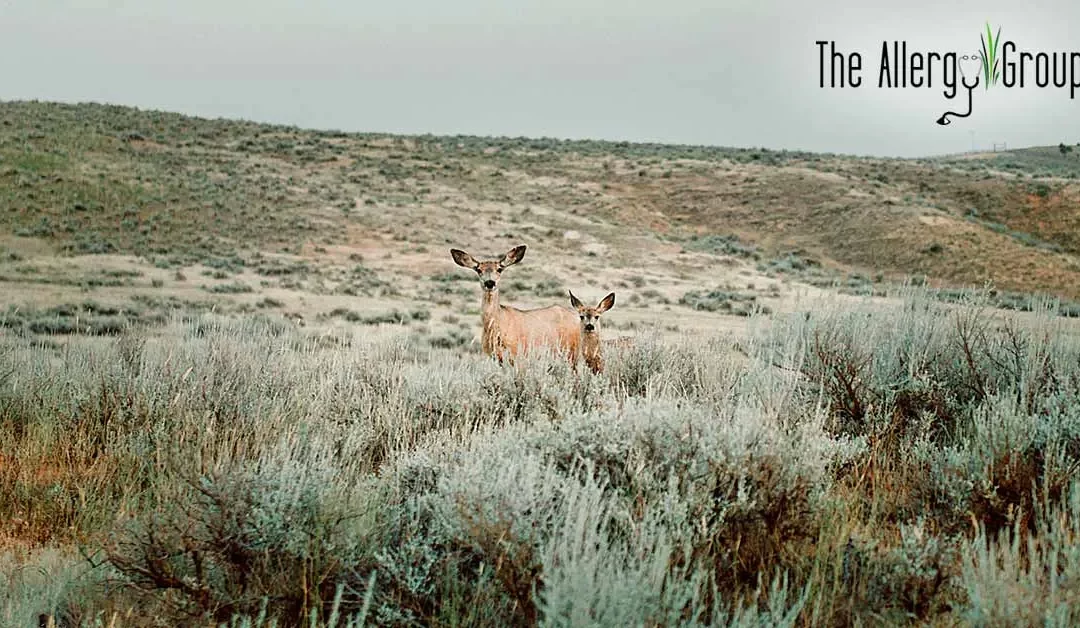Fall is here in the Treasure Valley, which means weed pollen is in the air.
We often think of grasses and trees being the cause of our Boise allergy troubles, but weeds are also very allergenic and pollinate in the fall from August through November.
Weed season typically includes pollen from:
- Ragweed
- Sagebrush
- Chenopods
Other pollinators during this time of year include:
- Plantain
- Sunflowers
- Docks
- Sorrels
Chenopods
Chenopods are some of the largest pollinators around the Boise, Idaho area and can cause significant allergy troubles. One may wonder, “What the heck are Chenopods?” Well, Chenopods is a term we use to encompass all plants in the chenopodiaceae family. This term encompasses a large variety of plants that produce pollen grains which look the same and cannot be distinguished between each other under the microscope. They include the tumbleweeds, pigweeds and goosefoot families just to name a few. Even some edible plants like beets, spinach, amaranth and quinoa are considered chenopods. These plants typically start pollinating in August and persist until the first frost.
Ragweed
Ragweed is considered one of the most allergenic weeds in the world and it is shown that up to 10% of people have an allergy to this plant. Fortunately, here in the Boise, Idaho, we don’t see huge numbers of ragweed pollen like they see in other parts of the country, but we still see a moderate amount. It is thought that global warming is causing a rise in growth and spread of ragweed and a lengthening of the season it pollinates.
Sagebrush
All of us likely know what sagebrush is, it covers our foothills extensively. This is another weed that pollinates in the fall and will continue to the first frost. We can see very high numbers of sagebrush pollen in our air this time of year. If you are suffering from allergy symptoms in the fall, you are likely allergic to weed plants. Come see your allergist, at The Allergy Group, to help manage your symptoms and understand your pollen allergy better!


